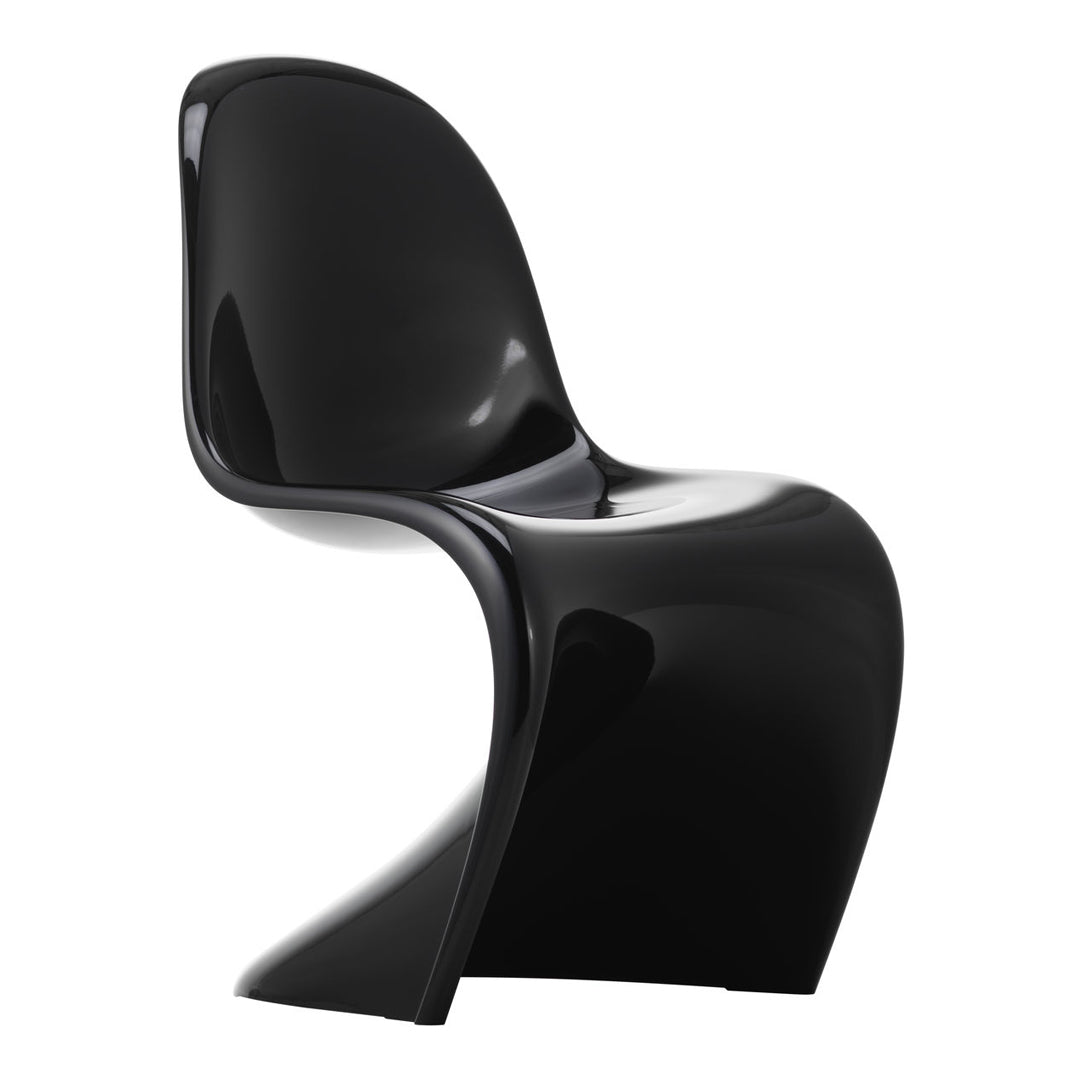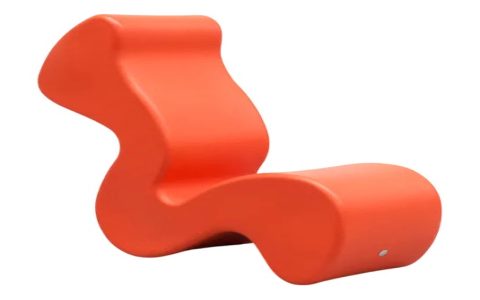Verner Panton's Vision in Sculptural Plastic Seating
Verner Panton, a Danish design innovator, was instrumental in exploring the potential of plastics in furniture. While the specific term "Ghost Chair" is most famously attributed to Philippe Starck's polycarbonate Louis XV-inspired seat, Panton's own creations in plastic achieved a similarly groundbreaking, often sculptural and ethereal quality, revolutionizing chair design.
The quintessential example of Panton's pioneering work with plastic is the Panton Chair. Developed in the 1960s, it was the first chair to be conceived and manufactured entirely from a single piece of plastic using an injection moulding process. Its distinctive design and manufacturing method were revolutionary for the era.
Key characteristics of the Panton Chair include:

- A cantilevered structure, creating a dynamic, S-shaped silhouette.
- Construction from a single, continuous piece of material (initially rigid polyurethane foam, later other plastics like polypropylene for mass production).
- A fluid, organic form that is both visually striking and ergonomically considered.
- Availability in a wide array of vibrant, bold colors, characteristic of Panton's exuberant style.
The Panton Chair remains an icon of 20th-century design, celebrated for its innovative use of materials, its radical departure from traditional chair construction, and its enduring futuristic appeal. It embodies Panton's desire to push boundaries and create furniture that was not only functional but also an expressive object of art.






